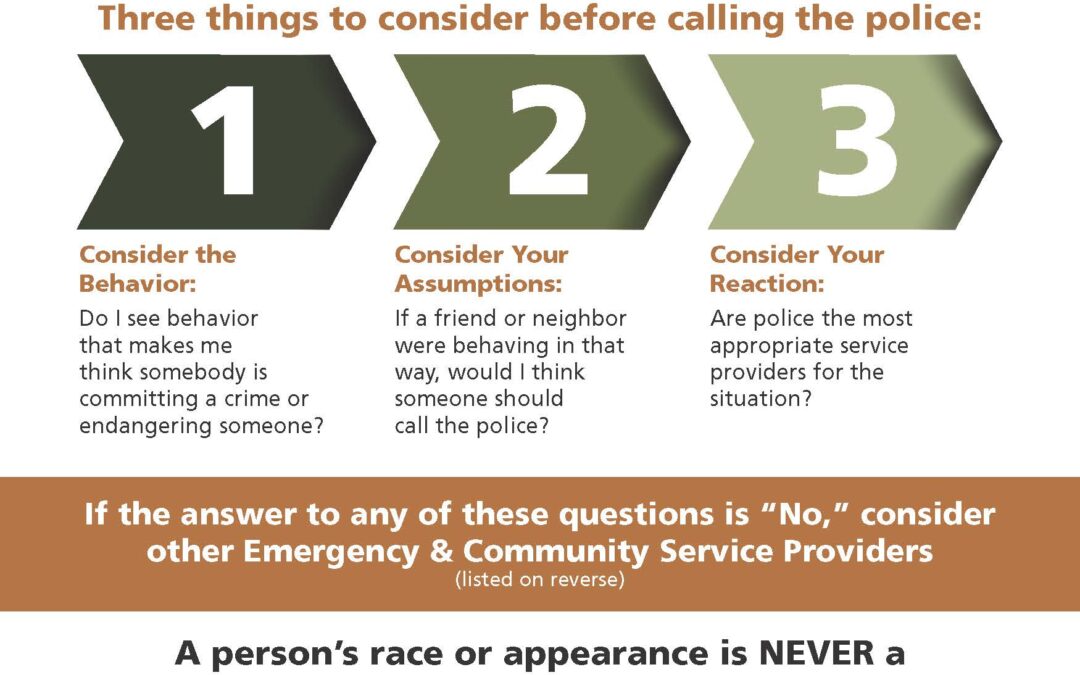 The immediate wake of the George Floyd murder – and the endless tragedies for Black Americans that preceded them – sparked such a stark, galvanizing global moment of protest in 2020, including in Mill Valley, that it was easy to view it in a vacuum. But as the folks at the Mill Valley Historical Society educated us In their annual MVHS Review in 2021, nothing exists in a vacuum. Their 32-page edition looked at the long overdue racial reckoning in Mill Valley, Marin and beyond in 2020, and put it within the broader context of history.
The immediate wake of the George Floyd murder – and the endless tragedies for Black Americans that preceded them – sparked such a stark, galvanizing global moment of protest in 2020, including in Mill Valley, that it was easy to view it in a vacuum. But as the folks at the Mill Valley Historical Society educated us In their annual MVHS Review in 2021, nothing exists in a vacuum. Their 32-page edition looked at the long overdue racial reckoning in Mill Valley, Marin and beyond in 2020, and put it within the broader context of history.
As Marin County and Mill Valley strive to do better, be better neighbors and more welcoming to all – what should be pretty low hanging fruit – Catalyst California, a Los Angeles civil rights organization that advocates for racial justice by building power and transforming public systems, is helping California’s 58 counties and communities to continue to progress.
In its latest report, Catalyst reports that Marin is now the third most racially disparate county in the state, according to the Marin Independent Journal.
That’s certainly no reason to celebrate, but it is progress, if slight, as Catalyst’s initial “Racial Counts” in 2018 had Marin ranked as the most racially unequal county in the state. In 2021, when it issued its second report, Catalyst determined that Marin had improved to become the second most racially disparate county in the state. Now it is the third most disparate, with Mono County now topping the list as the most racially disparate county in California, with Plumas County closely following.
“When the first report came out, there was a real concerted effort in Marin County to face the reality of the inequities that were listed in our report,” Matthew Trujillo, Catalyst’s director of strategic initiatives. “Rather than shy away from the fact that Marin was the most disparate county in the state, there was a real effort to have a broad and frank discussion about these inequities and to think about what could be done. We do applaud Marin for that.”
The ranking is the second consecutive time the county has improved its standing in Catalyst’s listings.
When Catalyst, then known as Advancement Project California, issued its first “Race Counts” report in 2018, it ranked Marin as the most racially unequal county in the state. In 2021, when it issued its second report, Catalyst determined that Marin had improved to become the second most racially disparate county in the state.
Catalyst ranks California’s 58 counties on how they perform in seven key areas: democracy, economic opportunity, crime and justice, access to health care, healthy built environments, education and housing. It also ranks the counties on the level of disparity that exists in the categories.
“When the first report came out, there was a real concerted effort in Marin County to face the reality of the inequities that were listed in our report,” Matthew Trujillo, Catalyst’s director of strategic initiatives, told the IJ. “Rather than shy away from the fact that Marin was the most disparate county in the state, there was a real effort to have a broad and frank discussion about these inequities and to think about what could be done. We do applaud Marin for that.”
READ THE FULL MARIN IJ STORY HERE.

